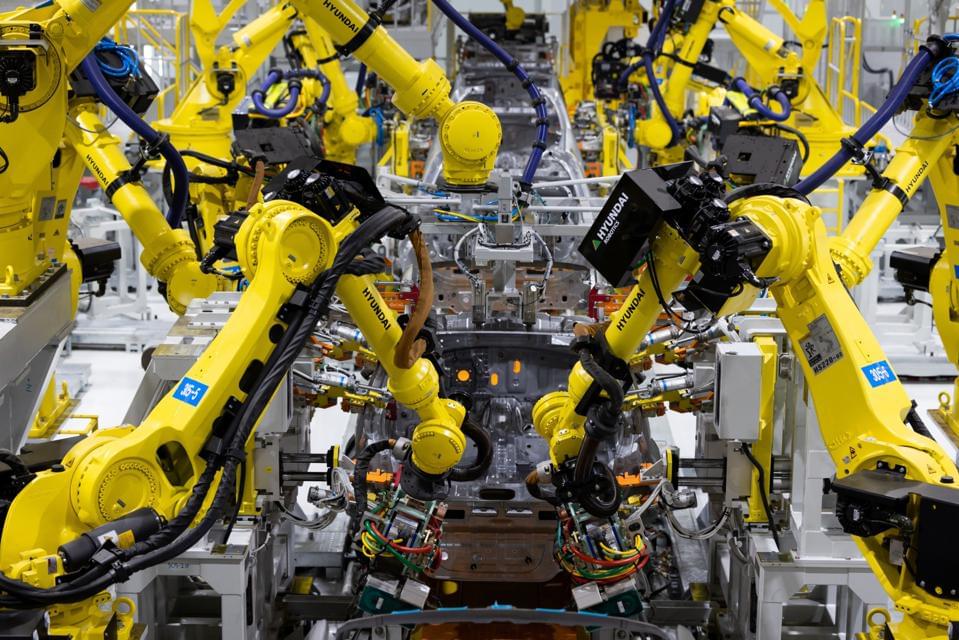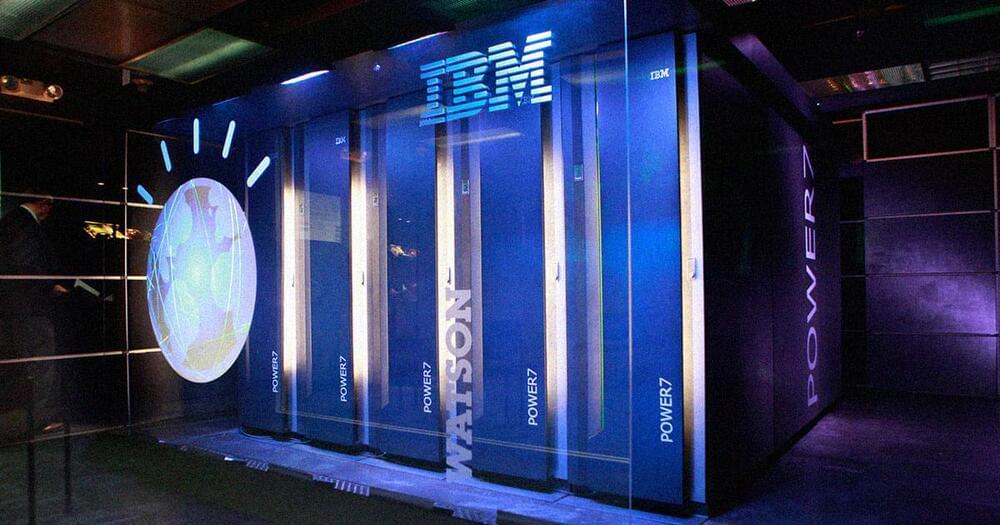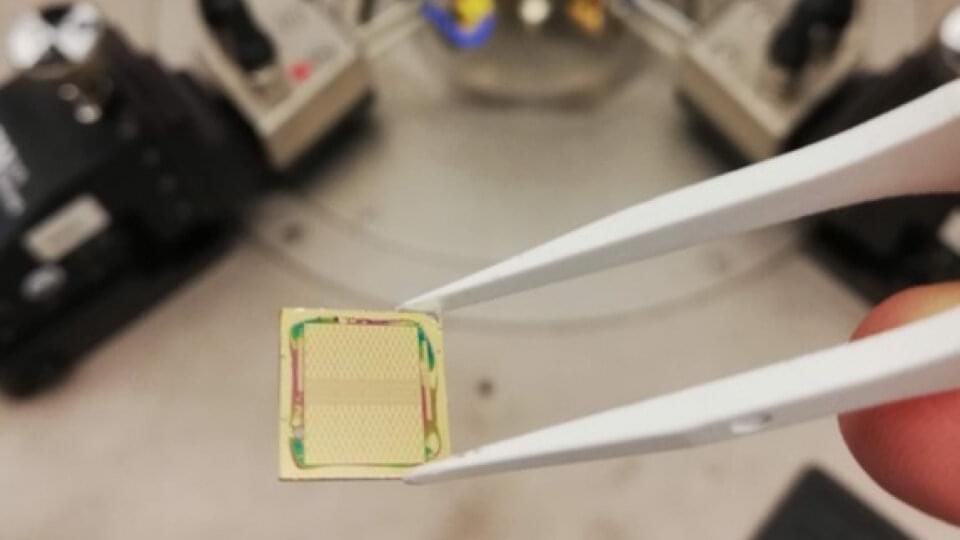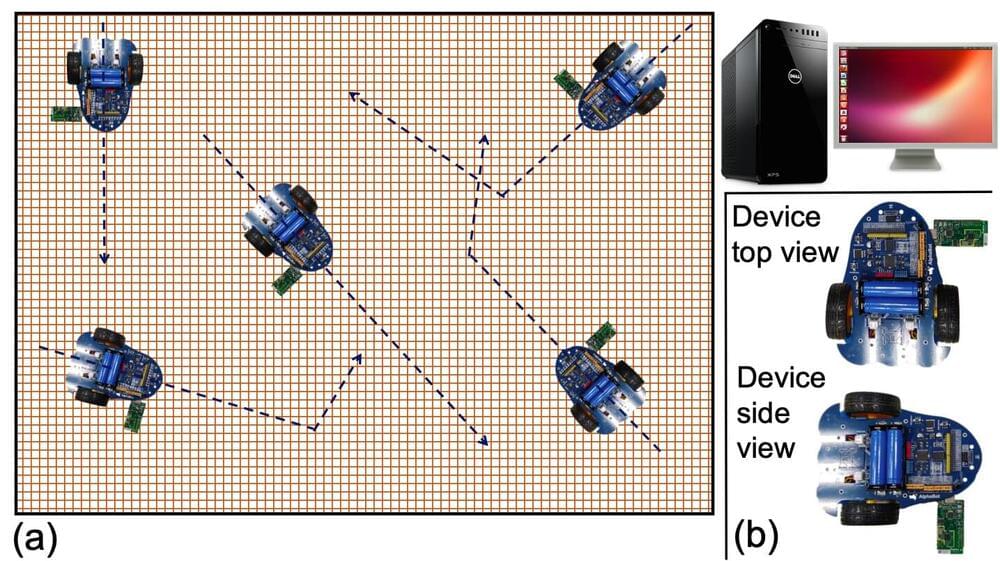Train and validate a machine learning model on data of historical NBA MVP candidates to forecast the 2021–2022 season MVP.


Robots could become crucial caregivers in the near future.
Robots could become crucial caregivers in the future, with new technologies constantly in development to help improve the quality of life for the globe’s aging population and for people with physical disabilities.
One example comes from Cornell University scientist Tapomayukh Bhattacharjee who is developing a robotic arm to help feed people with spinal injuries, a press statement explains.
A robot as an extension of the body Bhattacharjee, an assistant professor of computer science at Cornell, believes that robots have the potential to transform caregiving and that eating is one of the key areas where they could provide a helping robotic hand.
The roboticist was recently granted a four-year, $1.5 million grant from the National Science Foundation’s National Robotics Initiative to help him and his EmPRISE Lab develop caregiving robotics solutions for people with physical disabilities.
Full Story:

In 1987, at the beginning of the IT-driven technological revolution, the Nobel-Prize-winning economist Robert famously quipped that “you can see the computer age everywhere but in the productivity statistics.”
More than 30 years later, another technological revolution seems imminent. In what is called “the Fourth Industrial revolution,” attention is devoted to automation and robots. Many have argued that robots may significantly transform corporations, leading to massive worker displacement and a significant increase in firms’ capital intensity. Yet, despite these omnipresent predictions, it is hard to find robots not only in aggregate productivity statistics but also anywhere else.
While investment in robots has increased significantly in recent years, it remains a small share of total investment. The use of robots is almost zero in industries other than manufacturing, and even within manufacturing, robotization is very low for all but a few poster-child industries, such as automotive. For example, in the manufacturing sector, robots account for around 2.1% of total capital expenditures. For the economy as a whole, robots account for about 0.3% of total investment in equipment. Moreover, recent increases in sales of robotics are driven mostly by China and other developing nations as they play catch up in manufacturing, rather than by increasing robotization in developed countries. These low levels of robotization cast doubt on doomsday projections in which robots will cut demand for human employees.
But is it too early to assess the future of robots? Is it possible that robots are still in their infancy, and the current levels of adoption are not indicative of their future impact on the workplace? After all, Solow’s productivity paradox was ultimately resolved in subsequent decades, as investments in digital technologies paid off, transforming the world in the process.
Maybe, but maybe not. A decade after Solow’s observation, the economic impact of IT was evident. The same cannot be said about robotics.
Full Story:
This is a truly revolutionary technology that needs to be implemented all over.

In fact, it’s not even the first time that IBM has tried — unsuccessfully — to unload the project, in yet another sign that corporate expectations for AI are continuing to crash into reality.
“Health care always is going to turn out to be more subtle, as well as more regulated for the right reasons, than it is in other areas,” IBM CEO Arvind Krishna said in an Axios and HBO interview last year. “And to me, that’s natural. It is a decision that may impact somebody’s life or death. You got to be more careful. So in health care, it turns out maybe we were too optimistic.”
The sale, if it actually goes through this time, would affect millions of patients and entire government healthcare strategies.
Researchers at the Indian Institute of Technology Bhubaneswar, in collaboration with TCS Research and Wageningen University, recently devised a new strategy that could improve coordination among different robots tackling complex missions as a team. This strategy, introduced in a paper pre-published on arXiv, is based on a split-architecture that addresses communication and computations separately, while periodically coordinating the two to achieve optimal results.

For many years, a bottleneck in technological development has been how to get processors and memories to work faster together. Now, researchers at Lund University in Sweden have presented a new solution integrating a memory cell with a processor, which enables much faster calculations, as they happen in the memory circuit itself.
In an article in Nature Electronics, the researchers present a new configuration, in which a memory cell is integrated with a vertical transistor selector, all at the nanoscale. This brings improvements in scalability, speed and energy efficiency compared with current mass storage solutions.
The fundamental issue is that anything requiring large amounts of data to be processed, such as AI and machine learning, requires speed and more capacity. For this to be successful, the memory and processor need to be as close to each other as possible. In addition, it must be possible to run the calculations in an energy-efficient manner, not least as current technology generates high temperatures with high loads.
Originally published on Towards AI the World’s Leading AI and Technology News and Media Company. If you are building an AI-related product or service, we invite you to consider becoming an AI sponsor. At Towards AI, we help scale AI and technology startups. Let us help you unleash your technology to the masses.
Introduction
Crowdsourcing is a popular tool to gather data for training Machine Learning models in different industries, with the added advantage of scalability and automation for these projects. It allowed scalability and automation in such projects however, it is not the only area where crowdsourcing is used.
The car market is changing, and quickly.
it seems combustion engines are declining quickly in popularity, as electric vehicles, led by @Tesla 0, are taking the market by storm, selling as fast as they can be produced, and outselling all but the very cheapest city cars in most markets.
But are they for you?
Do they have the range and can you afford to make the switch?
Well in this video I take the most important factors and line the two up, head to head, to give you the answers you need.
So sit back and enjoy the ride, because the future is coming, faster than anyone predicted.
If you want to know more about how autonomous vehicles will totally change the way we use transport then try this video next, where I go into depth on the whole subject.

Researchers at the Indian Institute of Technology Bhubaneswar, in collaboration with TCS Research and Wageningen University, recently devised a new strategy that could improve coordination among different robots tackling complex missions as a team. This strategy, introduced in a paper pre-published on arXiv, is based on a split-architecture that addresses communication and computations separately, while periodically coordinating the two to achieve optimal results.
The researchers’ paper was recently presented at the IEEE RoboCom 2022 conference, held in conjunction with IEEE CCNC 2022, a top tier conference in the field of networking and distributed computing. At IEEE RoboCom 2022, it received the Best Paper Award.
“Swarm-robotics is on the path to becoming a key tool for human civilization,” Dr. Sudipta Saha, the lead researcher of the team that carried out the study, told TechXplore. “For instance, in medical science, it will be necessary to use numerous nano-bots to boost immune-therapy, targeted and effective drug transfer, etc.; while in the army it will be necessary for exploring unknown terrains that are hard for humans to enter, enabling agile supervision of borders and similar activities. In construction, it can enable technologies such as large-scale 3D printing and in agriculture it can help to monitor crop health and intervene to improve yields.”